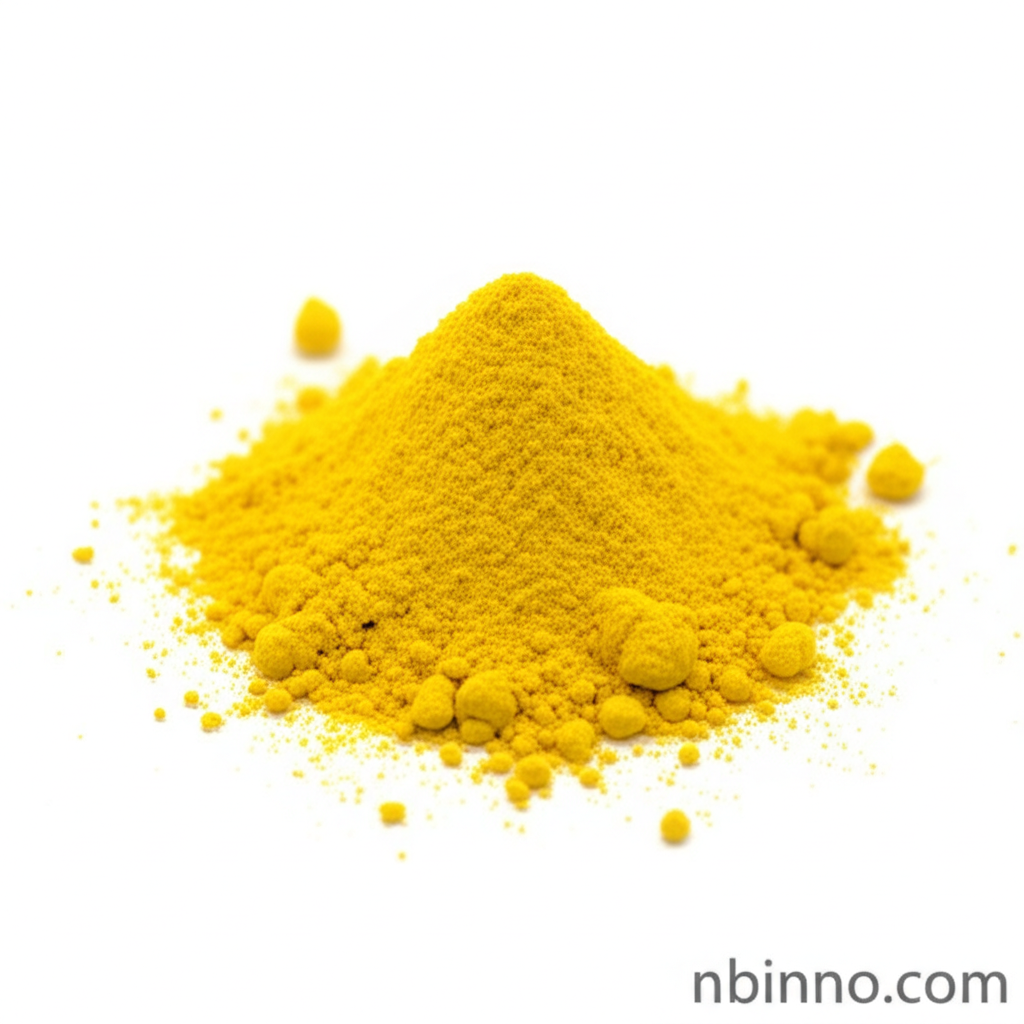Ferroceneboronic Acid (CAS 12152-94-2): A Versatile Reagent for Synthesis and Materials Science
Explore the multifaceted applications of this key organometallic compound in modern chemistry and research.
Get a Quote & SampleProduct Core Value

Ferroceneboronic Acid
Ferroceneboronic acid is a highly valued organometallic compound recognized for its unique structural combination of a ferrocene moiety and a boronic acid group. This dual functionality makes it an exceptionally versatile reagent in various chemical disciplines. Its electrochemical properties, stemming from the redox-active ferrocene core, are crucial for its use in sensor development and electrochemical probes. The boronic acid group readily participates in reactions like the Suzuki-Miyaura coupling, a cornerstone in the synthesis of complex organic molecules, including pharmaceuticals and agrochemicals.
- Leveraging ferroceneboronic acid applications in materials science, we develop advanced conductive polymers and nanocomposites.
- Utilizing ferroceneboronic acid Suzuki coupling, we facilitate the efficient synthesis of intricate organic molecules for pharmaceutical intermediates.
- Investigating ferroceneboronic acid electrochemical probes, we advance the detection capabilities in analytical chemistry and biosensing.
- As a ferroceneboronic acid catalyst, this compound enhances reaction rates and selectivity in various organic transformations.
Key Advantages
Synthetic Versatility
Ferroceneboronic acid acts as a crucial building block, enabling complex organic synthesis pathways through reactions such as the Suzuki-Miyaura coupling, vital for drug discovery and fine chemical production. This contributes to efficient buy ferroceneboronic acid processes.
Advanced Material Development
Its incorporation into conductive polymers and nanocomposites enhances the performance of electronic devices, showcasing its utility in cutting-edge materials science research.
Electrochemical and Sensing Capabilities
The compound's redox-active nature makes it an excellent candidate for electrochemical sensors, enabling precise detection of various analytes and offering potential in areas like glucose monitoring.
Key Applications
Organic Synthesis
A fundamental component in organic chemistry, instrumental in synthesizing pharmaceuticals and agrochemicals via cross-coupling reactions, making it a key compound for those seeking to buy ferroceneboronic acid.
Materials Science
Used in the development of novel materials, including conductive polymers and functionalized nanoparticles, to improve the properties of electronic components and advanced coatings.
Catalysis
Acts as a catalyst or catalyst precursor in various chemical reactions, improving efficiency and selectivity, which is beneficial for industrial chemical production.
Sensor Development
Its electrochemical properties are exploited in the creation of advanced sensors for detecting analytes like diols and phenolic compounds, offering precise and sensitive measurement capabilities.
